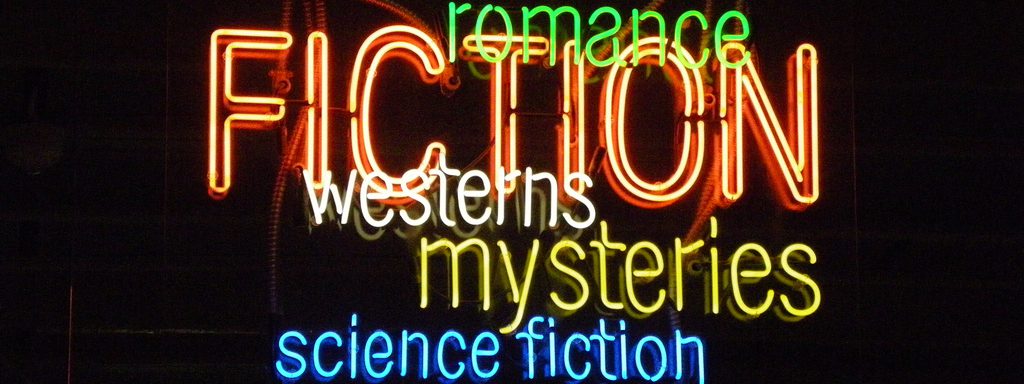To get us started:
If our readings were each posts on our OpenLab site, what tags would you add to them?
(we wrote these on the boards in class. I will collate from the photos I took of them to add them in here)
Stories we can write about for the midterm exam (and our tags):
“I Always Write About My Mother When I Start to Write”
relationship to parent, idolization, fairy tale motif, retrospection
“There Was Once”
fairy tales, partirarchy, oppression, storytelling
Cinderella Stories
relationship to parent, fairy tale, mentor, dreams, betrayal, good vs. evil, supernatural, true love, pain, inherently good, gruesome, dominance , oppression, happy ending, death
“The Story of an Hour”
reliance, obligation, pain, imagery, rebirth, freedom, marriage, patriarchy, death
“A Jury of Her Peers”
neighbors, strangers, details, ways of reading, marriage, unhappy, art: quilting, sewing, food preserves; dominance, oppression, death
“A Rose for Emily”
Gothic, morbid, sexist, racist, dominance, oppression, patriarchy, marriage, death, introversion, story of its time, dark, macabre, gruesome , horror
“The Yellow Wall-Paper”
mental health/illness, insanity, horror, art: writing, creative, introversion, freedom, dominance, oppression, patriarchy, dark, macabre, pain, medical treatment
“The Cottagette”
love, equality, idyllic setting, ideal love, women’s work, art: embroidery and music, marriage, down with the patriarchy, friendship
“Only the Dead Know Brooklyn”
cultural relativism, humor, slang, dialect, real, realism, geography
“Hills Like White Elephants”
relationships, imbalance of power, power, dominance, naive, tough choices, confusion, baby, dialogue, repetition
“The Hunger Artist”
asceticism, vanity, attention, anger, art: performance, starvation, suffering, suffering for art, short-lived popularity, pain, spectacle, death
Topics and Themes emerging:
dominance/domination/oppression/patriarchy
marriage/love/ false love vs secure attachments
dark/macabre
freedom
pain
death
The Plan:
I will post five questions on our site (this is in the works, but I need to think carefully about the language) based on topics/themes that emerged from our discussion. I will then choose three questions for the midterm exam. You will have to respond to one of the questions. The questions will each ask you to write about two readings from this semester so far. You will need to include quotations in your midterm exam essay. This is not an open-book exam, so you will be permitted one sheet of quotations that you prepare to bring in to the exam. Choose wisely! I will collect the page along with your exam.
Strategizing:
If you prepare for three of the questions, you can be sure that at least one of them will be on the exam. So prepare for three and you’ll be set!
To prepare, try to draft a thesis statement, write an outline, choose quotations that will support your argument (and add them to your quotation sheet).





